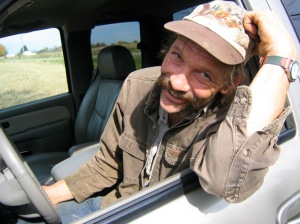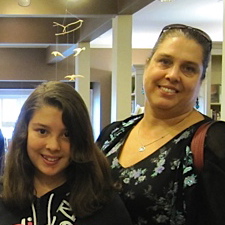“Tunnels are periods of time during which your life is constrained by a set of fixed circumstances.” (Good Busy, p. 34)
When Louisa Meacham’s three children were under the age of five, she found herself waking up to the same schedule and the same responsibilities each day with no end in sight. Louisa described this era as traveling through a tunnel. Figuratively speaking, she could not drive too far to the left or too far to the right or she would hit oncoming traffic or a concrete wall.
The Tunnel chapter in Good Busy encourages you to imagine a metaphor that serves as a symbolic representation of your current relationship with time. The Tunnel metaphor suits lives that are filled with seemingly inescapable commitments. A tunnel can also represent days organized around a looming deadline, like driving through a tunnel when the end is planned but not in sight. If driving through a tunnel does not seem to fit your days, then what about paddling down a river or climbing a mountain?
Louisa discovered that when she imagined her life as a metaphor, she could experience greater peace in her days. When Louisa could articulate the shape of her days, she was able to better accept her constraints. Yes, her life had become shockingly narrow, yet when she accepted that she traveled under a proverbial arc of concrete within a no passing lane, the content of her life (or the lack thereof), seemed to make more sense. It wasn’t that she had become a bad friend, sister or daughter. Louisa’s life had shrunk, temporarily, to pass through a tunnel.
The tunnel metaphor speaks to me not only as a way to relate to time, it mimics the anxiety I can feel driving through an actual tunnel when I realize how difficult and dangerous it would be to turn around. The only way I will get to other side of the tunnel, metaphorical or real, is to proceed forward. When I think about big projects in my life or difficult conversations, it can help to imagine them as if they were taking place in a tunnel.
Living by a metaphor such as a tunnel can help me to be more present to my current challenges because I know they will come to an end. I can fret over the duration of a tunnel or even proverbially put on the brakes at the end of the tunnel because I am not ready to drive under the sky again. I will be faced, however, by massive amounts of honking from behind. Tunnels come to an end and new tunnels appear in order that we can travel further down the road.


